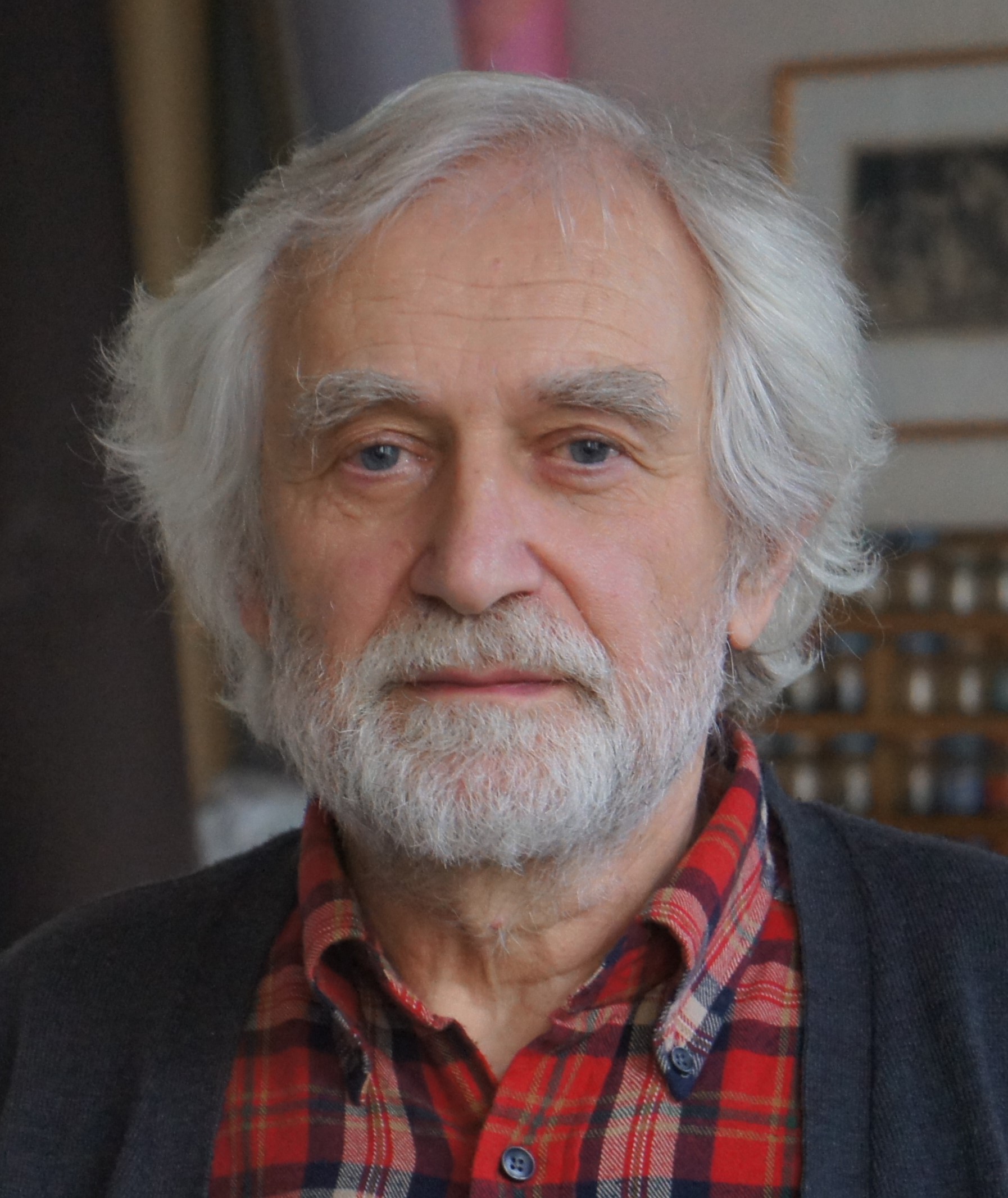I had to break away from the influence of my first teacher after a while

Stáhnout obrázek
Jan Merta was born on 4 December 1952 in Šumperk. When he was one year old, the family moved to Liberec, where his father was ordained as an evangelical pastor. His mother came from a family of Polish exiles and was totally deployed in Dresden. Thanks to his father, he was exposed to art from childhood. In 1966, the family moved to Ústí nad Labem, where he met his art teacher Jan Daniel Smetana, who initially influenced him strongly In September 1968, he moved to Prague to the Václav Hollar Secondary School of Art. He successfully completed his studies in 1972. He then tried to get into the Faculty of Education at Charles University and the Academy of Fine Arts (AVU) in Prague, neither of which accepted him. Thanks to somebody´s intercession, he got a job as a doorkeeper at the National Gallery. After two years he left his job and worked as a cleaner and operating technician. In 1981 he was admitted to the Academy of Fine Arts on his third attempt, and successfully completed his studies in 1987 and began to earn a living as a restorer. The same year he married Lenka Cejpová, a year later the couple had a son Tomáš, and in 1989 a son Jonatan. In the same year, the witness acquired his first studio. In 1989 he became involved in the Civic Forum. In 2024 he was living and working in Prague.
